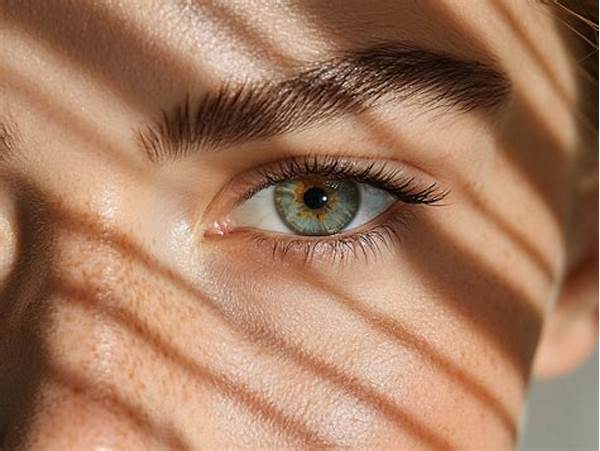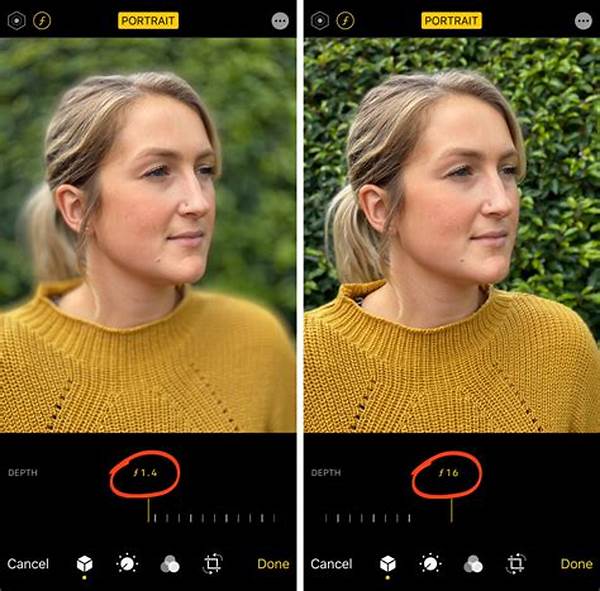Hey there, fellow photography enthusiasts! Today, we’re diving into something that’s both thrilling and challenging: capturing the perfect wildlife shots while taming the wild beast known as daylight. We all love those stunning images of animals in their natural habitat, but let’s face it, balancing daylight in wildlife shots can be a bit of a juggling act. In this blog post, we’ll explore how to strike that perfect balance without losing your mind—or the shot.
Read Now : Guide To Natural Portrait Poses
The Art of Balancing Light in the Great Outdoors
When you’re out in the wilderness with your camera in hand, one of the biggest challenges is managing the daylight. Wildlife photography is all about timing, and the natural light you have at your disposal can make or break your shot. Balancing daylight in wildlife shots means understanding how light interacts with your subject and your camera. It’s all about adjusting settings, like ISO, aperture, and shutter speed, to ensure your photos are neither too dark nor washed out. Shooting during the golden hours—early morning or late afternoon—can also help, as this is when natural light is softer and more flattering. Remember, practice makes perfect, so don’t get discouraged if your first few attempts don’t turn out like the ones you see in National Geographic. Keep experimenting and adjusting until you find what works for you!
Setting Up for Success: Equipment and Techniques
1. Use a tripod: Keeps your shot steady and helps in low light.
2. Adjust ISO: Helps manage light sensitivity.
3. Aperture control: Blurs background, making your subject pop.
4. Shutter speed: Freezes action or creates motion blur.
5. Lens filters: Helps manage glare and harsh light.
6. Time of day: Early or late for softer light.
7. Composition: Play around with angles and framing.
8. Patience: Wildlife doesn’t follow schedules.
Read Now : Troubleshooting Portrait Focus Issues
9. Practice: Refine your skills with every click.
10. Enjoy the process: It’s as rewarding as the final shot!
Challenges in Wildlife Photography
Wildlife photography is not just about snapping pictures of cute animals; it’s a test of patience, skill, and a little bit of luck. The most critical element to master is balancing daylight in wildlife shots. Too much light, and your image risks being overexposed, with blown-out highlights that mask the intricate details of the animal’s features. On the other hand, insufficient light can result in images too dark to appreciate the nuances of nature. That’s why understanding how to balance natural daylight is crucial. Spending time in nature observing how light changes throughout the day is incredibly valuable. Furthermore, don’t hesitate to experiment with your camera settings to not only react to available light but to use it creatively, leading to striking visuals.
Insider Tips for Balancing Daylight
Balancing daylight in wildlife shots is what sets the pros apart from the amateurs, and here are some insider tips to help you step up your game. First, don’t ignore the importance of planning your shoot around the time of day; early morning and late afternoon offer the best tones. High noon might be great for sunbathing, but it often results in harsh shadows and washed-out colors. Post-processing can also be your best friend in bringing out details you didn’t even realize were there. Use editing software to adjust the exposure and highlight details. Another tip—never underestimate the power of patience. Sometimes, sitting quietly for hours, waiting for the perfect moment, is what it takes to capture the essence of wildlife in its natural glory. Lastly, always aim to tell a story with your shots; capture not just the animal but its environment to add depth and context to your subject.
Creative Approaches to Light Balancing
When it comes to balancing daylight in wildlife shots, creativity is your best ally. It’s not just about capturing an animal in the wild but doing so in a way that tells a story. Get creative with angles and compositions. Try capturing your subject against the light for a dramatic silhouette effect. You could also experiment with backlighting to add a warm glow that enhances the mood of the photograph. Don’t shy away from trying new techniques like HDR for those tricky lighting situations where you can’t afford to lose details in your highlights or shadows. Playing with shadows and highlights can sometimes reveal patterns and textures you didn’t initially see. At the end of the day, allow yourself to play and explore. Photography is an art, and like any other art form, it thrives on innovation and experimentation.
The Magic of Golden Hour
Yo, ever heard of the golden hour? It’s that magical time just after sunrise or before sunset where the world just glows. Balancing daylight in wildlife shots during these times can make your photos go from “meh” to “wow!” Trust me, there’s something about that soft, warm light that adds a charm you can’t recreate any other time of day. So, next time you’re out there, waiting with your camera, keep an eye on the clock and make the most of those golden moments. It’ll be worth it, promise!
Final Thoughts on Balancing Daylight
In conclusion, mastering the art of balancing daylight in wildlife shots isn’t just a technical skill—it’s an art form. It’s about understanding the dance between light and shadow, knowing when to step in and when to let nature take the lead. Whether you’re new to wildlife photography or a seasoned pro, remember that each shot is an opportunity to discover something new. Embrace the unpredictability, and don’t be afraid to make mistakes. They are merely stepping stones on the path to capturing that one breathtaking shot that’ll make the struggle worthwhile. Keep your eyes peeled for those moments when light and subject align perfectly, breathe, focus, and click. Happy shooting!



